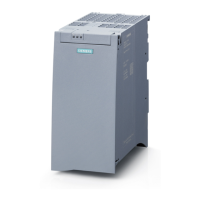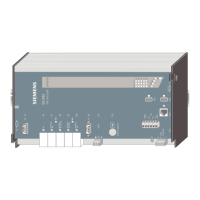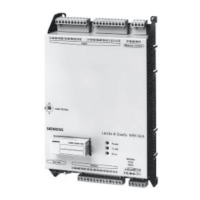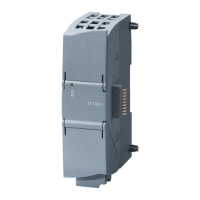Configuration
4.14 Time-of-day synchronization
TIM 1531 IRC
86 Operating Instructions, 02/2018, C79000-G8976-C468-02
Note
Recommendation: Time-of-day synchronization only by 1 module
Only have the time of day of the station from an external time source synchronized by a
single module so that a consistent time of day is maintained within the station.
When the CPU takes the time from the TIM or from a CP, disable
time-of-day
synchronization of the CPU.
If you have the time synchronized on the TIM and the CPU via NTP, when possible use the
same NTP server to maintain a consistent time of day within the station.
Synchronization method of the TIM
The TIM supports the following methods of time-of-day synchronization:
●
Network Time Protocol
Time-of-day synchronization only via Ethernet
The secure method NTP (secure) uses authentication with symmetrical keys according to
the hash algorithms MD5 or SHA-1. In the global security settings, you can create and
manage NTP servers of the type NTP (secure).
Recommendation wit NTP:
Synchronization with an external clock at intervals of approximately 10 seconds is
recommended. This achieves as small a deviation as possible between the internal time
and the UTC time.
You can also change the time-of-day synchronization via NTP using the WBM, see
section NTP (Page 267).
●
Time of day from subscriber in the network
In this case the TIM adopts the time of day from a subscriber in the connected network.
Time-of-day masters can for example be:
– A synchronized CPU
– A subscriber with a time receiver
– A master station PC (e.g. ST7cc/ST7sc) connected to the Ethernet network.
●
Setting the time of day manually using the WBM
If you have configured a time source for the TIM, you can also set the time via the WBM,
see section System time (Page 267).

